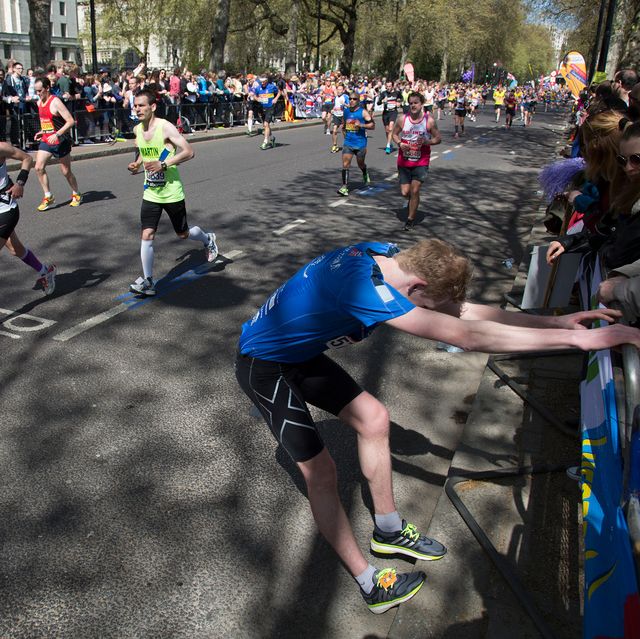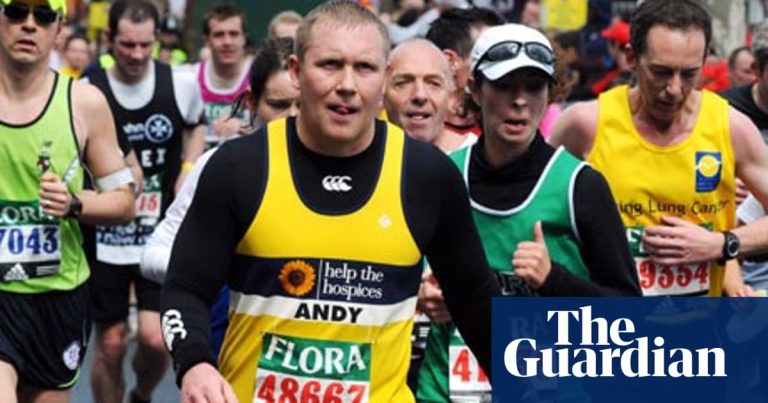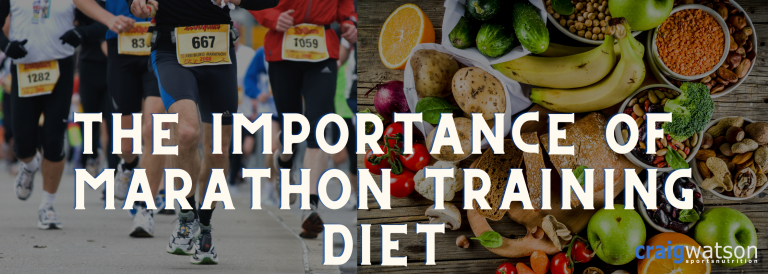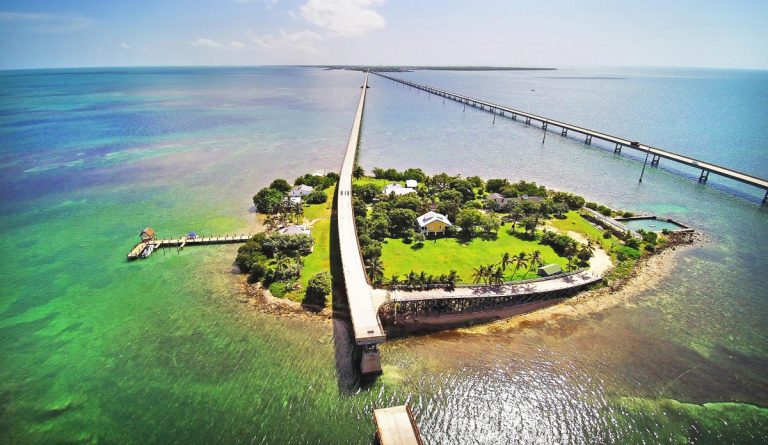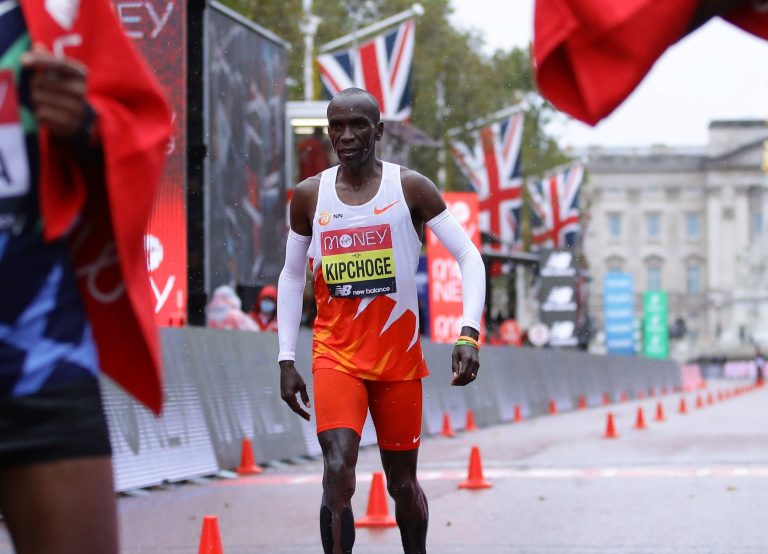Where Does Marathon End
The marathon ends at the finish line. Runners complete the race upon crossing the finish line.
Marathons are iconic events that test the endurance and determination of participants. As one of the most grueling long-distance races, marathons typically cover a distance of 26. 2 miles and attract elite athletes as well as recreational runners. The finish line marks the culmination of months of training and preparation, where runners push themselves to achieve their personal best.
Spectators line the route, cheering on the participants and creating an electrifying atmosphere. Crossing the finish line is a moment of triumph and accomplishment, as runners bask in the glory of completing the challenging race. Whether it’s a local community marathon or a major international event, the finish line is where all the hard work pays off.

Credit: www.runnersathletics.com
History Of The Marathon
The history of the marathon dates back to ancient times and has evolved significantly over the centuries. From its origins in ancient Greece to its modern-day global popularity, the marathon has become a symbol of endurance and determination. Understanding the historical significance of the marathon provides insight into its enduring appeal and cultural significance.
Ancient Origins
The marathon has its roots in ancient Greece and is associated with the legend of the Greek soldier Pheidippides, who is said to have run from the battlefield of Marathon to Athens to deliver news of the Greek victory over the Persians in 490 BCE. According to the legend, Pheidippides ran approximately 26 miles before delivering the message and then collapsed and died from exhaustion. This legendary run became the inspiration for the modern-day marathon race, with the distance of 26.2 miles established as a tribute to Pheidippides’ historic feat.
The Marathon In Modern Times
In modern times, the marathon has gained widespread popularity as a test of physical and mental endurance. The establishment of the Olympic marathon in 1896 further solidified its status as a prestigious athletic event. Today, marathons are held in cities around the world, attracting participants of all ages and abilities. The marathon has also become a platform for charitable causes and fundraising efforts, further cementing its place in contemporary society.
The Marathon Route
Exploring the marathon route is essential to understanding where this iconic race ends. Iconic marathons attract runners from around the world, each with unique variations in distance.
Iconic Marathons
Boston Marathon, New York City Marathon, and London Marathon are some of the most renowned races globally.
Variations In Distance
- Marathon standard distance is 26.2 miles or 42.195 kilometers.
- Ultra marathons go beyond 26.2 miles, ranging from 50K to 100 miles.
| Marathon | Distance |
|---|---|
| Boston | 26.2 miles |
| New York City | 26.2 miles |
| London | 26.2 miles |
Training For A Marathon
Training for a marathon requires dedication and preparation. It is essential to set specific goals, build endurance, and prioritize nutrition and hydration.
Setting Goals
- Begin by setting realistic and achievable goals for your marathon training.
- Establish a training schedule that includes incremental increases in mileage over time.
Building Endurance
- Gradually increase your long runs to help condition your body for the marathon distance.
- Incorporate cross-training activities to strengthen different muscle groups.
Nutrition And Hydration
| Nutrition | Hydration |
|---|---|
| Fuel your body with nutrient-dense foods rich in carbohydrates and protein. | Stay hydrated before, during, and after training sessions to prevent dehydration. |
| Include plenty of fruits, vegetables, and whole grains in your diet for sustained energy. | Carry a water bottle during long runs and consider sports drinks for electrolyte replenishment. |

Credit: www.nyrr.org
The Mental Challenge Of Marathons
When it comes to marathons, the physical challenge may be what comes to mind first, but the mental aspect is just as crucial. The mental challenge of marathons is often underestimated, yet it plays a significant role in an athlete’s success. Overcoming obstacles, sustaining a positive mindset, and finding motivation are essential components of conquering the mental challenges of a marathon.
Overcoming Obstacles
Part of the mental challenge in a marathon is overcoming obstacles that may arise during the race. Whether it’s exhaustion, muscle fatigue, or doubts creeping in, athletes must navigate these barriers and push through. Preparation and mental training are key in handling these challenges. By implementing mental resilience strategies, athletes can better tackle unexpected obstacles and maintain their performance throughout the race.
Mindset And Motivation
The mindset an athlete adopts is crucial in determining their success in a marathon. A positive mindset can impact performance, as it helps athletes stay focused and driven. Finding motivation during the marathon is a mental game as well. Whether it’s through the support of the crowd, visualizing the finish line, or focusing on personal achievements, athletes must constantly draw on sources of motivation to keep going.
The Marathon Experience
Participating in a marathon is an exhilarating and unforgettable experience. Whether you are a seasoned runner or a first-time participant, the atmosphere, the energy, and the sense of achievement make it an event like no other. As you cross the finish line, you are not just completing a race but also joining a community of runners and supporters who have come together to celebrate their accomplishments. In this post, we will explore the different aspects of the marathon experience, focusing on the role of the crowd and the joy of celebrating achievements.
The Crowd’s Role
A marathon wouldn’t be the same without the incredible support from the crowd. The spectators lining the streets create an electrifying atmosphere that propels runners forward. Their cheers and encouragement serve as a constant motivation to keep going, especially during the toughest parts of the race. From waving flags to holding creative signs, the crowd’s energy is contagious and helps participants push through the physical and mental barriers they may encounter.
The crowd’s role extends beyond just cheering. They provide vital hydration and fuel stations, ensuring that runners stay hydrated and fueled throughout the course. Their presence also adds an element of camaraderie, creating a sense of unity among participants. The crowd fosters a supportive environment where everyone is working together towards a common goal, whether it’s a personal achievement or supporting a charitable cause.
Celebrating Accomplishments
Finishing a marathon is an incredible accomplishment, and the joy and sense of pride that come with it are truly unparalleled. As the finish line approaches, the excitement in the air intensifies. Spectators line the streets, clapping and cheering as runners sprint, jog, or even walk their way to the end. Crossing that finish line brings a surge of emotions – relief, elation, and the satisfaction of achieving a goal.
After completing a marathon, runners are often greeted with medals, applause, and a sense of accomplishment that lingers for days, even weeks, to come. It’s a moment to be cherished and celebrated with friends, family, and fellow runners. The marathon experience is not just about the race itself, but also about the incredible journey leading up to it and the memories created along the way.
Whether it’s your first marathon or your tenth, the marathon experience is one that leaves a lasting impact. The support of the crowd and the joy of celebrating accomplishments make it a truly unique and inspiring event. So, lace up your running shoes, embrace the marathon spirit, and get ready to experience an adventure like no other!

Credit: www.parentprojectmd.org
Frequently Asked Questions Of Where Does Marathon End
What Is The Average Distance Of A Marathon?
A marathon is typically 26. 2 miles long, making it a true test of endurance and stamina.
How Long Does It Take To Finish A Marathon?
The time it takes to finish a marathon varies depending on the individual’s fitness level, but it usually ranges from 3 to 6 hours.
How Should I Prepare For A Marathon?
To prepare for a marathon, it is important to follow a training plan, eat a balanced diet, stay hydrated, and get plenty of rest.
Conclusion
In the end, the marathon holds different meanings for everyone. Whether it’s about achieving personal goals, overcoming challenges, or contributing to a cause, the journey is what matters most. As we cross the finish line, we gain a deeper understanding of our capabilities and the support around us.
The marathon isn’t just a race; it’s a transformative experience.

